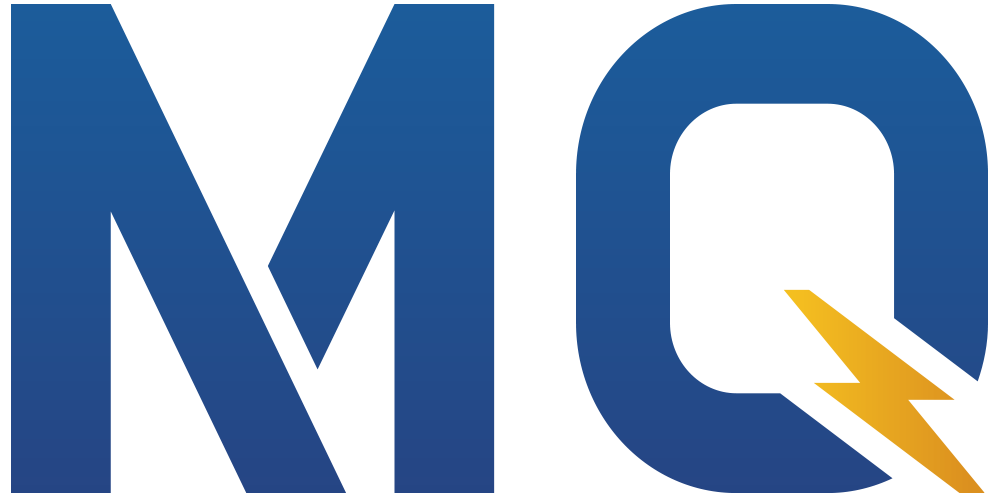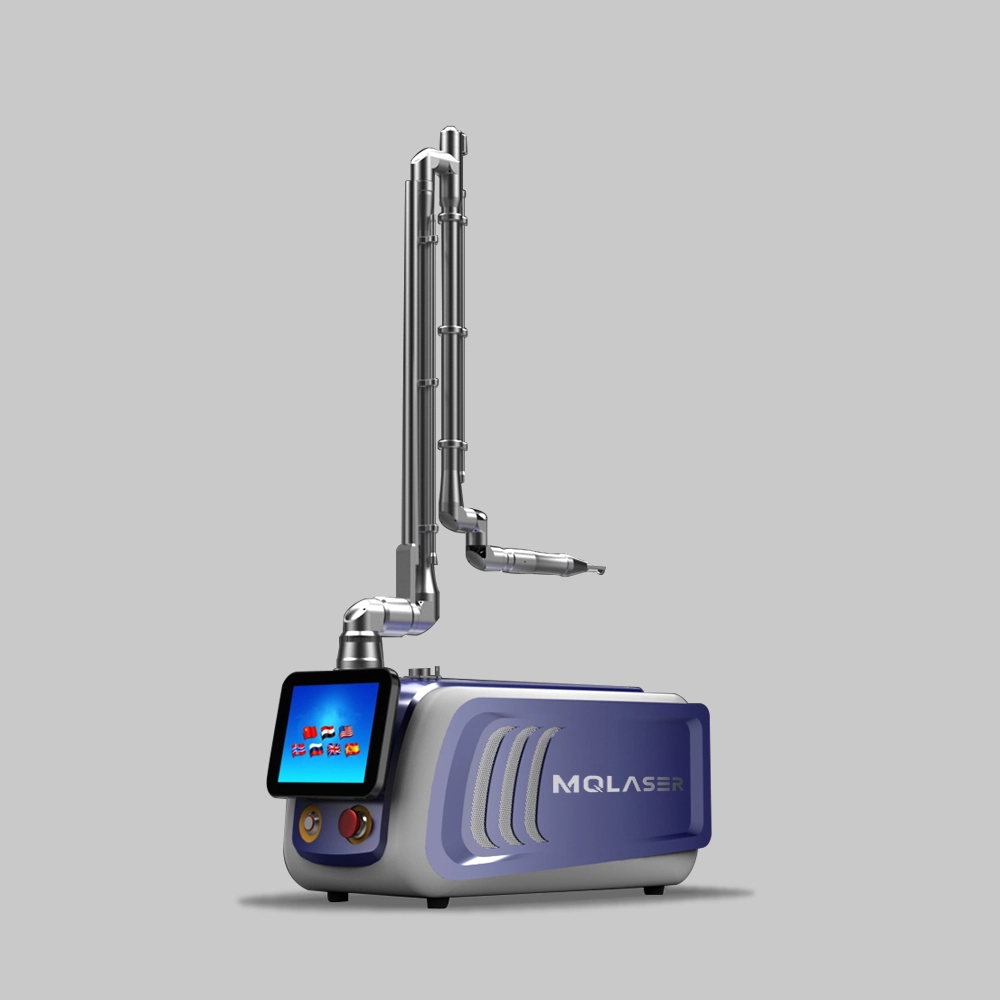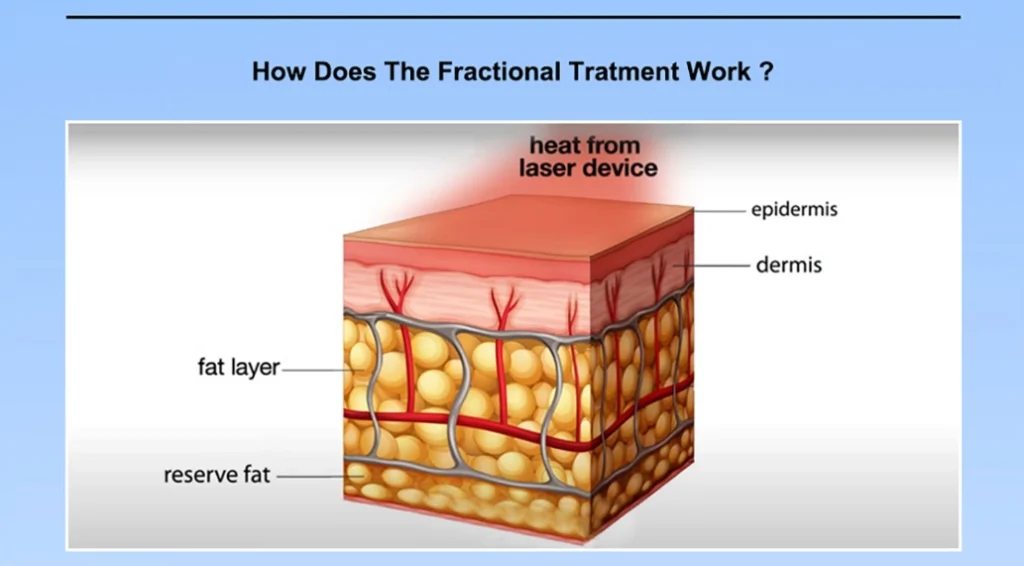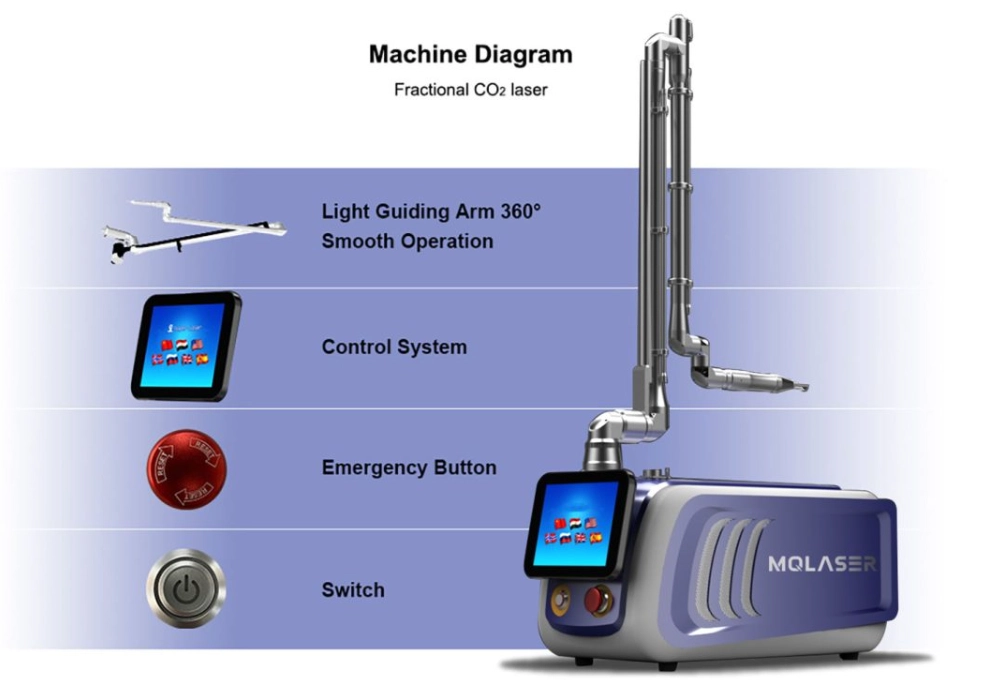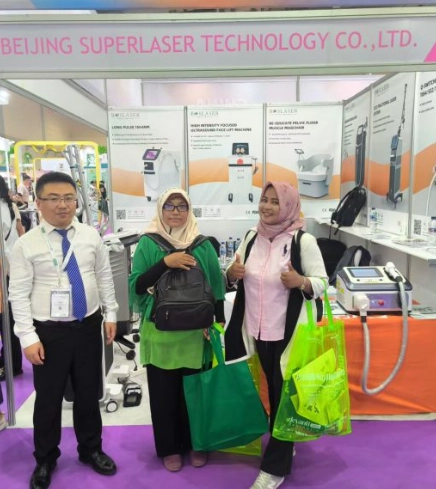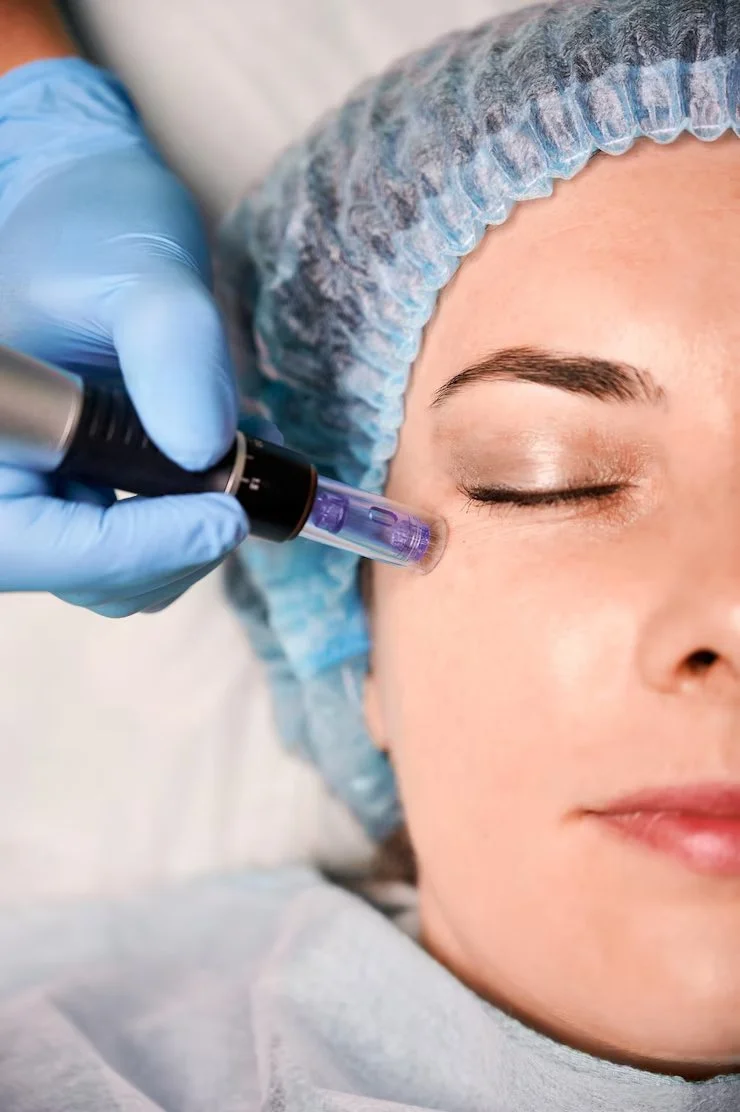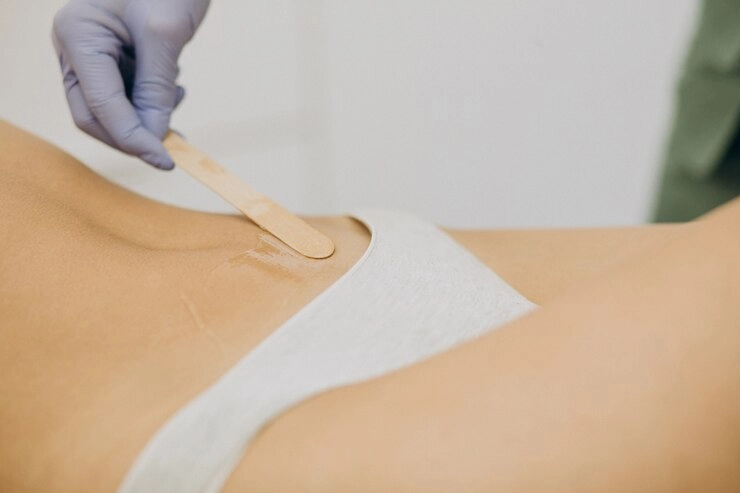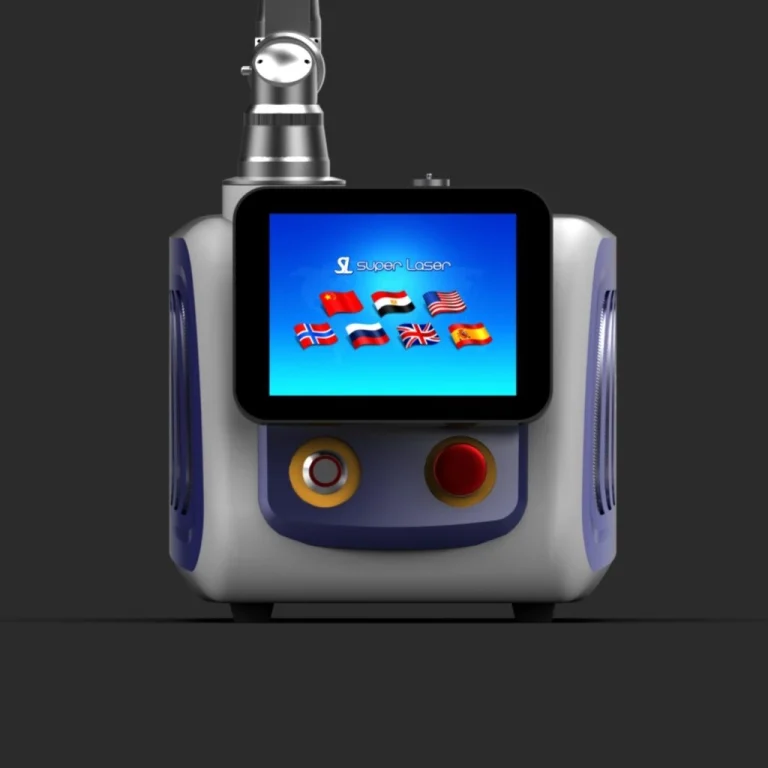In an era where confidence is often tied to appearance, stubborn skin concerns like acne scars, wrinkles, and pigmentation can feel like daily frustrations. Enter Portable Fractional CO₂ Laser Fractional Beauty Machine—a breakthrough in aesthetic technology that delivers dramatic results with minimal downtime. Whether you’re a clinician seeking efficient, high-performance tools or a patient tired of temporary fixes, this innovative solution bridges the gap between clinical excellence and real-world practicality. Discover how advanced laser technology is transforming skin rejuvenation, making professional-grade treatments more accessible and effective than ever.
The Growing Need for Effective Skin Rejuvenation Solutions
In today’s appearance-focused world, skin flaws like wrinkles, scars, and dark spots can greatly affect confidence and happiness. Many people with lasting acne scars feel shy in social settings. Others with visible sun damage or age spots often think their looks don’t match their energy. Especially tough are issues like stubborn, uneven brown patches that often trouble women during hormonal shifts. These problems push millions to seek skin care solutions yearly. This creates a big need for safe, helpful treatments. People want clear results without long recovery times.
Understanding Fractional CO₂ Laser Technology
Fractional CO₂ laser technology is a key part of modern skin renewal. It’s a big step forward from older laser methods. Unlike past techniques that treated all skin evenly, fractional lasers make thousands of tiny treatment spots. Healthy skin surrounds these spots. This smart method brings strong improvements with less healing time.
The science behind it is interesting. The CO₂ laser sends out light at a specific wavelength. Skin water absorbs this light very well. When carefully managed, this energy removes targeted skin bits. It also creates gentle heat damage. This heat sparks the body’s natural repair process. This two-part action explains why fractional CO₂ lasers can clear damaged skin and boost collagen and elastin for lasting renewal.
The Practical Advantages of Portable Systems
Traditional CO₂ laser systems presented significant practical challenges for many clinics. Their large size often required dedicated treatment rooms, while their complex cooling and power needs made them impractical for smaller practices. The introduction of portable fractional CO₂ lasers like MQ’s system has democratized access to this advanced technology.
These compact units maintain all the clinical benefits of their larger counterparts while offering unprecedented flexibility. Practitioners can now easily move the device between treatment areas or even transport it between clinic locations. This mobility is particularly valuable in multi-disciplinary practices where space is at a premium. The practical implications are significant – a dermatologist might use the same unit for facial rejuvenation in the morning and scar treatment in the afternoon, all without needing to reserve a specialized laser suite.
Treatment Applications and Outcomes
Fractional CO₂ laser technology helps with some of the most common and annoying skin problems. For people with acne scars, the effects can change their lives. The laser reshapes scar tissue. It also boosts new collagen growth. This often leads to big improvements in skin smoothness after just a few treatments. Many patients feel more confident. Long-lasting scars that didn’t respond to other methods finally start to disappear.
Dark spots are another area where this technology works well. Unlike creams that take months to show small changes, fractional CO₂ lasers directly target and break up the pigment causing sun spots and uneven patches. Modern systems are precise. Doctors can adjust the treatment’s depth and strength based on the skin issue and the patient’s skin type. This lowers risks and improves results.
For older skin, this technology is better than short-term fixes like fillers. It sparks the body’s natural collagen production. This leads to slow, natural-looking improvements over weeks or months. Patients like that the results seem like a fresher version of themselves. The effect doesn’t look like an obvious “treatment”.
The MQ Difference: Practical Innovation for Modern Practices
MQ’s portable fractional CO₂ laser system embodies the practical evolution of this technology. Beyond its compact footprint, the device incorporates thoughtful features that enhance both clinical outcomes and practice efficiency. The integrated cooling system, for instance, not only improves patient comfort but also allows for safer treatment of more sensitive areas like the neck and décolletage.
The system’s adjustable parameters give practitioners the flexibility to tailor treatments precisely to each patient’s needs. A young acne scar patient might benefit from deeper penetration with wider spacing, while someone with delicate eyelid wrinkles would require more superficial treatment with higher density. This adaptability makes the system valuable across diverse patient populations.
From a practice management perspective, the reduced downtime associated with fractional treatments allows clinics to schedule patients more frequently. Where traditional CO₂ resurfacing might require two weeks of recovery, modern fractional approaches often see patients socially presentable within 3-5 days. This practical advantage translates directly to improved patient satisfaction and practice revenue.
Implementing Advanced Laser Technology in Your Practice
For clinics considering adding fractional CO₂ laser technology, several practical factors deserve consideration. Treatment protocols should account for local sun exposure patterns – patients in sunny climates may need more stringent sun avoidance measures. Staff training is another critical component; properly educated technicians can optimize treatment outcomes while minimizing risks.
The portability of systems like MQ’s opens new practice opportunities. Dermatologists might offer specialized treatments at satellite locations, while aesthetic physicians could incorporate the technology into comprehensive anti-aging programs. The relatively modest space and power requirements make the technology accessible to practices that couldn’t previously consider CO₂ laser treatments.
The Future of Accessible Skin Rejuvenation
Fractional CO₂ laser technology keeps improving. It now offers more exact, adjustable treatments with short recovery times. Portable systems lead this trend. They bring high-quality results to more patients and different clinics. For patients, this means better ways to fix tough skin problems. For doctors, it provides a quick, flexible tool. This tool improves patient results and helps clinics grow. As this technology spreads, new treatment methods and uses will likely appear. These will further expand options for non-surgical skin renewal.
Why Choose MQLASER as Your Reliable Supplier?
MQLASER Has a Good Reputation
With years of specialization in aesthetic laser technology, MQLASER has built trust among dermatologists and medspa owners worldwide. Their portable fractional CO₂ laser systems are clinically proven in diverse treatment settings, from acne scar revision to anti-aging protocols. What sets them apart is their commitment to consistent quality – each device undergoes rigorous testing to ensure optimal energy stability and safety compliance (including CE and FDA certifications where applicable). Clinics appreciate their responsive after-sales support, with many users highlighting the company’s prompt technical assistance and readily available replacement parts as key reasons for their loyalty.
Their Personalized Customized Services
Understanding that no two practices operate identically, MQLASER offers tailored solutions to match specific clinical needs. Their customization options extend beyond hardware adjustments like specialized handpieces for delicate areas; they also provide software modifications to integrate with existing clinic management systems. For practices focusing on ethnic skin treatments, MQLASER can pre-configure safety parameters for different Fitzpatrick skin types. Perhaps most valuable is their on-demand training program – instead of generic tutorials, their engineers work directly with your staff to develop protocols aligned with your patient demographics and service offerings. This white-glove approach minimizes the learning curve when implementing new technology.
Conclusion
MQ’s portable fractional CO₂ laser marks a major change in easy-to-use, highly effective skin care. It blends top-quality results with a practical design suited for clinics. This meets two key needs in the market. Patients want impressive treatments with little recovery time. Practitioners need flexible, profit-making tools. The beauty industry now values speed without sacrificing quality. Such advancements will likely become common, not rare. Clinics looking to improve their services should consider MQLASER’s option. It shines not only for its technical strengths but also for the full support system that ensures lasting success.
FAQs
How does MQLASER’s portable CO₂ laser compare to traditional ablative lasers in terms of safety?
The fractional technology significantly improves safety by treating only microscopic columns of skin (typically 15-25% of the surface area) while leaving surrounding tissue intact. This contrasts with traditional ablative lasers that affect 100% of the treated area. MQLASER’s system enhances safety further with real-time skin temperature monitoring and automatic energy adjustment, reducing risks of burns or hyperpigmentation, especially in darker skin types (Fitzpatrick III-VI).
What maintenance does the portable CO₂ laser require, and how does MQLASER support this?
Routine maintenance primarily involves periodic lens cleaning and cooling system checks (approximately every 500 treatment hours). MQLASER simplifies this through:
- Remote diagnostics that alert technicians to potential issues
- Priority access to certified replacement parts
- Optional annual preventive maintenance contracts
Their average first-response time for technical queries is under 4 business hours globally.
Can the same device effectively treat both fine facial wrinkles and deeper body scars?
Yes, but with important protocol adjustments. The laser’s adjustable spot size (0.1-2.5mm) and energy density (5-50J/cm²) allow adaptation to different indications:
- Facial rejuvenation: Smaller spots (0.1-0.5mm) with higher density
- Body scars: Larger spots (1-2.5mm) with deeper penetration
MQLASER provides condition-specific treatment guides and can pre-program these presets into the system during customization.

